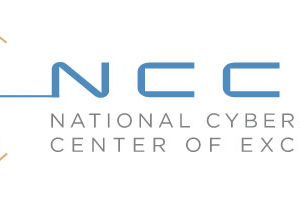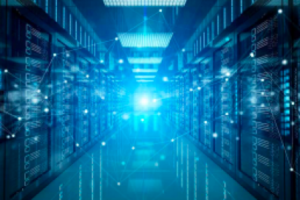Cities worldwide are not just growing, but also trying to reconfigure themselves for a sustainable future, with higher quality of life for every citizen. That means capitalizing on renewable power sources, maximizing energy efficiency and scaling up electrified transport on an unprecedented scale.
In parallel, artificial intelligence (AI) and machine learning are emerging as key tools to bring that future into being as global temperatures creep upward.
The 2015 Paris Agreement called for limiting the rise in average global temperatures to 1.5oC compared to pre-industrial levels, implying a massive reduction of greenhouse gas (GHG) emissions.
Meeting the ambitious climate goal would require a near-total elimination of emissions from power generation, industry, and transport by 2050, said Ariel Liebman, Director of Monash Energy Institute, at a recent AI for Good webinar convened by an ITU Focus Group studying AI and environmental efficiency.
A key role in renewables
Renewable energy sources, including the sun, wind, biofuels and renewable-based hydrogen, make net-zero emissions theoretically possible. But solar and wind facilities – whose output varies with seasons, the weather and time of day – require complex grid management and real-time responsiveness to work 24/7.
Smart grids incorporating data analytics, however, can operate smoothly with high shares of solar and wind power.
"AI methods – particularly optimization, machine learning, time series forecasting and anomaly detection – have a crucial role to play in the design and operation of this future carbon-free electricity grid," explained Liebman.
One power grid in Indonesia could reach 50 per cent renewables by 2030 at no extra cost compared to building new coal- and gas-fired plants, according to a modelling tool used at Monash. Renewable power generation costs have plummeted worldwide in recent years.
Anticipating future needs
Shifts in consumer demand for heat, light, or mobility can create further uncertainties, especially in urban environments. But reinforcement learning, combined with neural networks, can aid the understanding of how buildings consume energy, recommending adjustments and guide occupant behaviour.
"AI can make our existing assets more effective and efficient, but also help us in developing new business models, both in terms of cleaner technology, and also for our customers," said Dan Jeavons, General Manager, Data Science, at Shell.
The global energy giant put over 65 AI applications into service last year, enabling the company to monitor 5,700 pieces of equipment and generate real-time data feeds from across its asset base.
A data-driven approach
Digital consultancy Capgemini uses satellite data to understand fire risks and devise rescue plans. Another project uses data from Copernicus satellites to detect plastic waste in our natural environment.
“Deep learning algorithms simulate the shape and movement of plastic waste in the ocean and then train the algorithm to efficiently detect plastic waste," said Sandrine Daniel, head of the company’s scientific office.
Electric vehicle start-up Arrival takes a data-driven approach to decisions over the entire product lifecycle. Produced in micro-factories with plug-and-play composite modules, its vehicle designs reduce the environmental impact of manufacturing and use.
"We design things to be upgradable," said Jon Steel, Arrival’s Head of Sustainability. Functional components facilitate repair, replacement, or reuse, while dedicated software monitors energy use and performance, helping to extend each vehicle’s useful life.
Digital twins for urban planning
Real-time virtual representations – known as digital twins – have been instrumental in envisioning smart, sustainable cities, said Kari Eik, Secretary General of the Organization for International Economic Relations (OiER).
Under the global United for Smart Sustainable Cities (U4SSC) initiative, a project with about 50 cities and communities in Norway uses digital twins to evaluate common challenges, model scenarios and identify best practices.
"Instead of reading a 1,000-page report, you are looking into one picture,” Eik explained. “It takes five seconds to see not just a challenge but also a lot of the different use cases."
For digital twins, a privacy-by-design approach with transparent, trusted AI will be key to instil trust among citizens, said Albert H. Seubers, Director of Global Strategy IT in Cities, Atos. He hopes the next generation of networks in cities is designed to protect personal data, reduce network consumption, and make high-performance computing more sustainable. "But this also means we have to build a data management function or responsibility at the city level that really understands what it means to deploy data analytics and manage the data."
Seubers called for open standards to enable interoperability, a key ingredient in nurturing partnerships focused on sustainable city building. "Implementing minimal interoperability mechanisms means that from design, we have private data security and explainable AI. In the end, it's all about transparency and putting trust in what we do," he said.
[Source: ITU]



